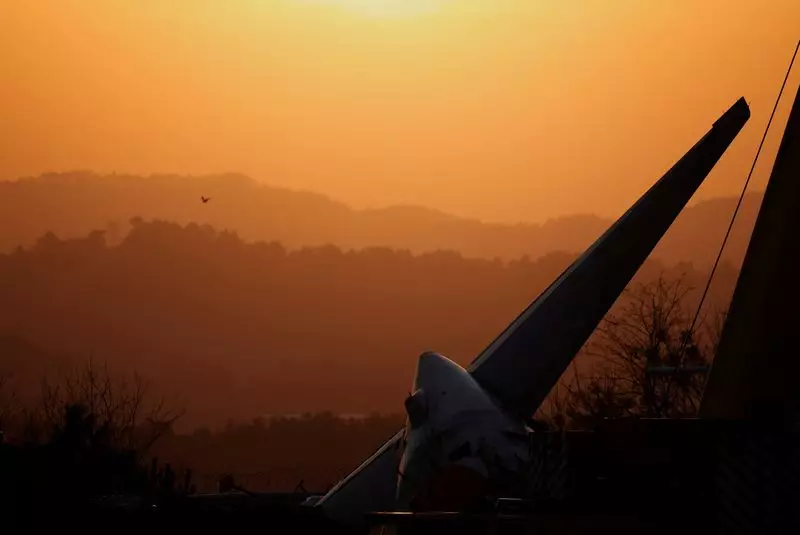In the wake of a catastrophic aviation incident, South Korea has taken decisive action to bolster its air travel safety measures. Following the tragic crash of a Boeing 737-800 operated by Jeju Air, which resulted in the loss of 179 lives, the country’s transport ministry has initiated a thorough inspection of all similar aircraft currently in service. This article aims to explore the motivations behind these inspections, the broader implications for the aviation sector, and the response from governmental bodies.
The South Korean transport ministry extended its special inspections of 101 Boeing 737-800 jets for an additional week to enhance safety protocols in the aviation industry. Initially set to conclude shortly after the disaster, these inspections now focus on crucial components such as engines, maintenance records, and landing gear functionality. While specifics regarding the rationale for the extension remain undisclosed, such measures suggest an acute awareness of the potential systemic weaknesses that may have contributed to the crash.
This proactive approach serves not just as a response to the recent tragedy but as a preventive strategy aimed at averting future incidents. The thorough examination of operational protocols also indicates a national commitment to restoring public confidence in air travel safety.
The collision of regulatory action and investigative diligence is evident as South Korea has sought international collaboration to understand the causes of the crash. A contingent of investigators has been dispatched to the United States to work alongside the National Transportation Safety Board (NTSB), presenting a unified front in the pursuit of clarity and accountability. Their multifaceted investigation will encompass an analysis of the flight data recorder, as well as the physical wreckage of the aircraft, signaling a comprehensive effort to leave no stone unturned in understanding the incident.
Additionally, investigators are exploring the communication records from 107 mobile phones recovered from the crash site. This innovative approach aims to gather details of the final moments leading up to the disaster—an avenue of inquiry that reflects the complexities of modern air travel and the myriad variables that can impact safety.
Accompanying the technical inspections and investigations, the Ministry of Transport convened an emergency meeting with top executives from 11 airlines, including industry leaders such as Korean Air Lines and Asiana Airlines. The dialogue centered on strategies to reinforce safety measures across all operators, solidifying the government’s stance that systemic accountability is vital for the aviation sector’s future.
Authorities have taken a stringent stance, including investigations into Jeju Air and the Muan International Airport’s operational protocols. The inability of the aircraft to lower its landing gear during a critical landing approach raises essential questions that must be addressed. Notably, the ban on travel for key executives from Jeju Air underlines the serious implications of operational failures and the heightened scrutiny that may follow.
As South Korea navigates the tumultuous aftermath of the disastrous Boeing 737-800 crash, the measures taken reflect a renewed commitment to ensuring the safety and integrity of its aviation industry. The extended inspections, collaborative investigations, and regulatory scrutiny serve as a reminder that public safety must remain the priority. The nation’s response encapsulates a crucial learning curve; understanding and rectifying past mistakes is imperative for fostering a safer future in air travel.

